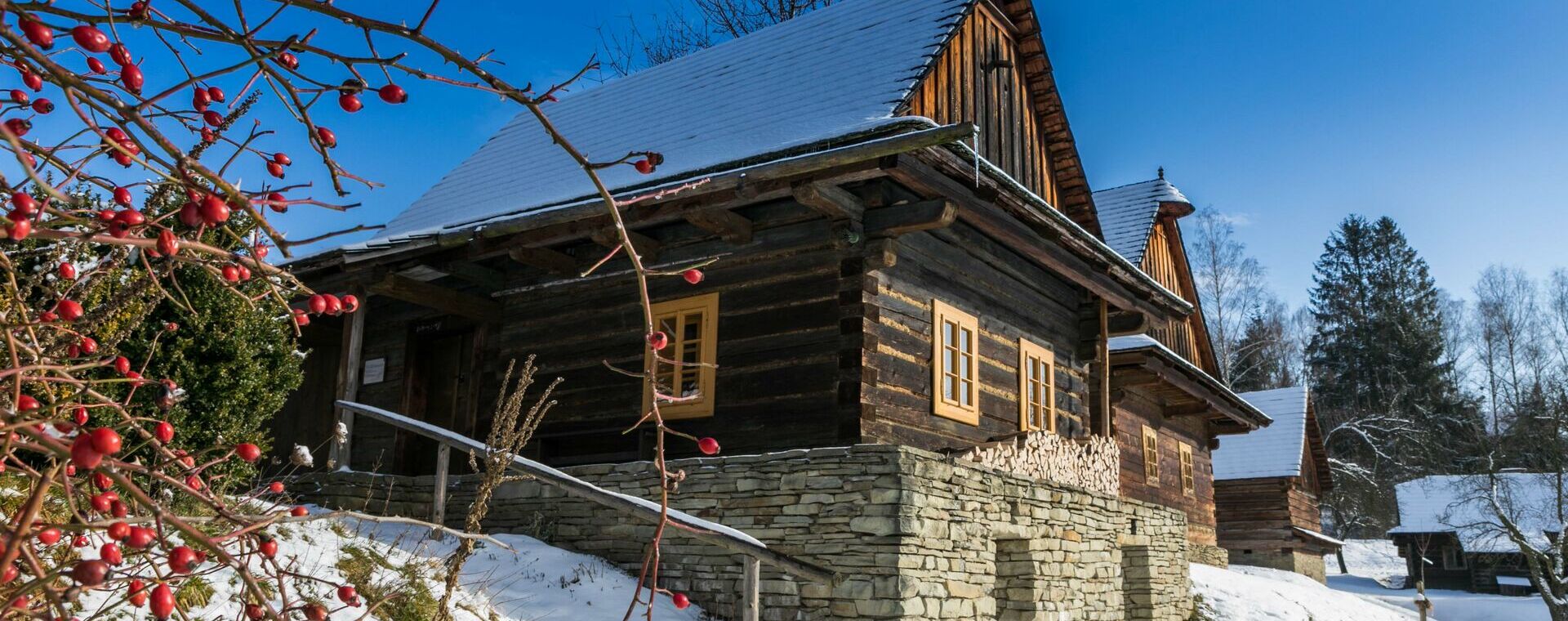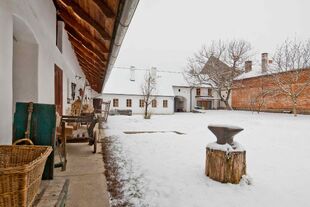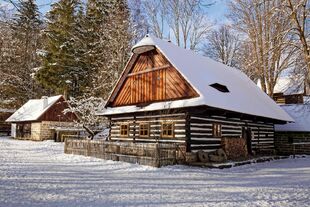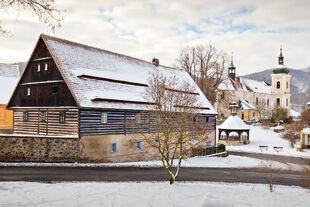The History and Foundation of the Museum
The Wallachian Open-air Museum, the first museum of its type in this country and the only one of its kind until the 1970s, is situated in the town of Rožnov pod Radhoštěm in the foothills of the Beskid Mountains. The members of Rožnov Museum Society, and in particular brothers Alois and Bohumír Jaroněk, deserve the credit for its foundation. They put forward plans for the relocation of a number of timbered structures to the town park before World War I, though this goal would not become reality until the preparations for the ethnographic festivities in 1925 when two timbered houses from Rožnov square, along with a number of smaller structures, were moved to a clearing in the spa park and a great folk festival known as Wallachian Year was held in the spaces between them. This laid the foundations for Little Wooden Town, which was gradually expanded to include additional wooden structures, and a unique new museum – the Wallachian Open Air Museum – was established.
The founders of the museum were well aware of the fact that the town part of the museum did not correspond adequately to the way of life in Wallachia as a whole, for which reason they strived to establish a village site. The plan of creating the Wallachian Village was born at the beginning of the 1950s and construction of the first timbered cottages and farm buildings began in the clearing in Rožnov known as Stráň a decade later with the aim of creating the most authentic possible image of a Wallachian village set in the distinctive Wallachian cultural landscape.
Little Wooden Town and the Wallachian Village were joined at the beginning of the 1980s by a third site devoted to technical machinery known as Water Mill Valley, with working historical buildings powered by water.
Pustevny became the fourth site at the museum, and the last to date, in 1995. Pustevny is home to a bell tower and the buildings Maměnka and Libušín, which were built according to designs by the architect Dušan Samo Jurkovič at the end of the 19th century and which have become a national cultural monument.
Today, the museum sites are still growing to take in further historical buildings that put the finishing touches to the picturesque image of traditional Wallachia. The appearance of the museum would not, however, be complete without life. The most distinctive feature of the museum sites today is a purposeful endeavour to bring them to life with interior and exterior exhibitions and presentations of traditional technologies, crafts, agriculture, domestic life, folk art, customs and folklore. The Wallachian Museum is, in this way, fulfilling the legacy of its founders who endeavoured to make it a living museum.












